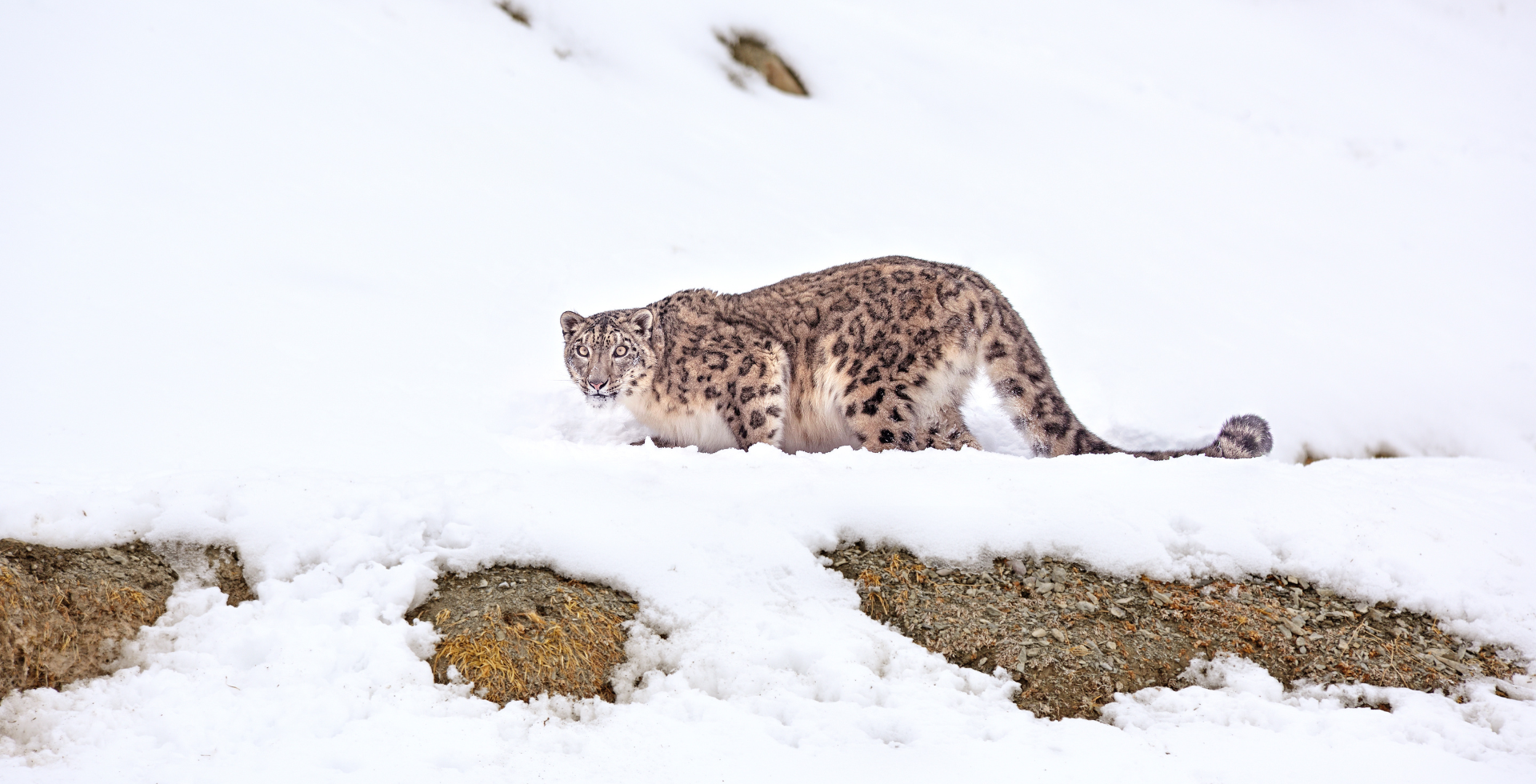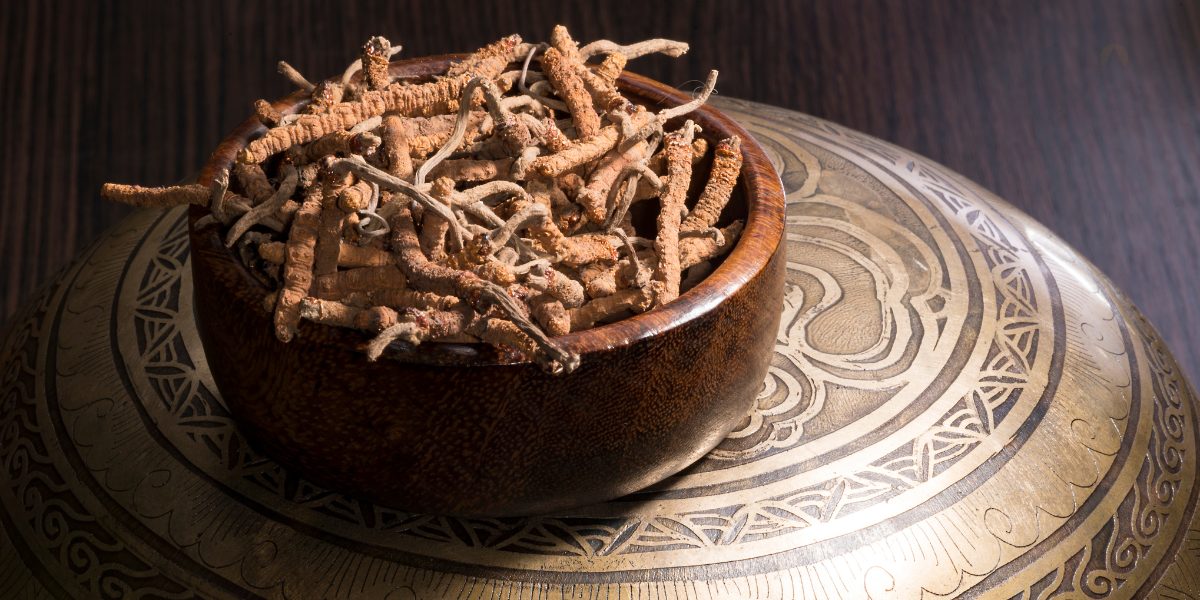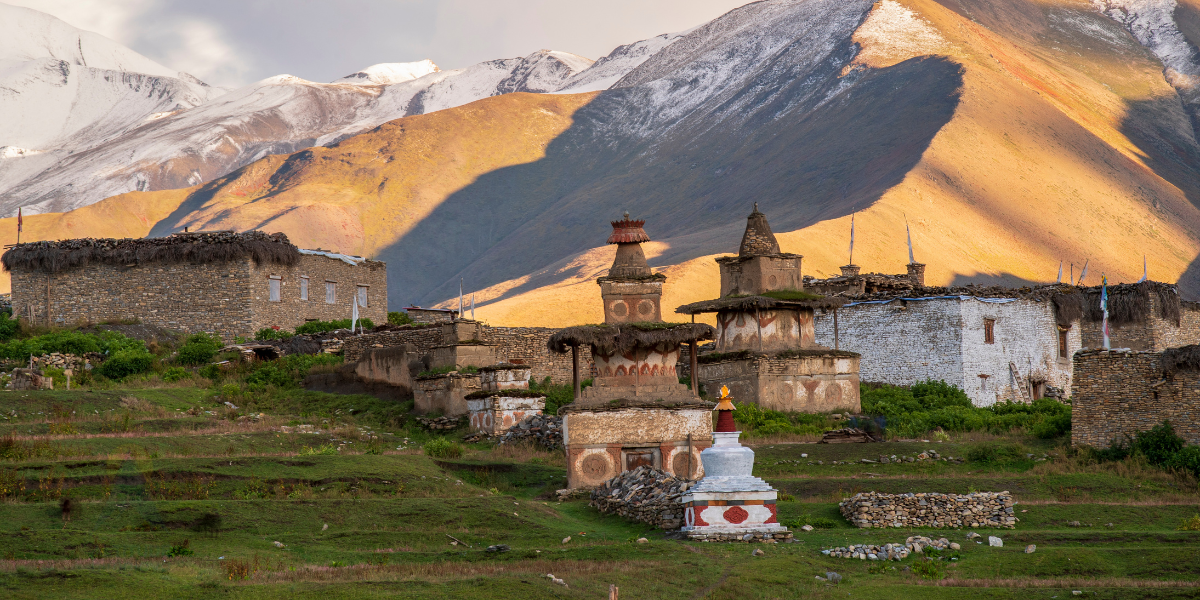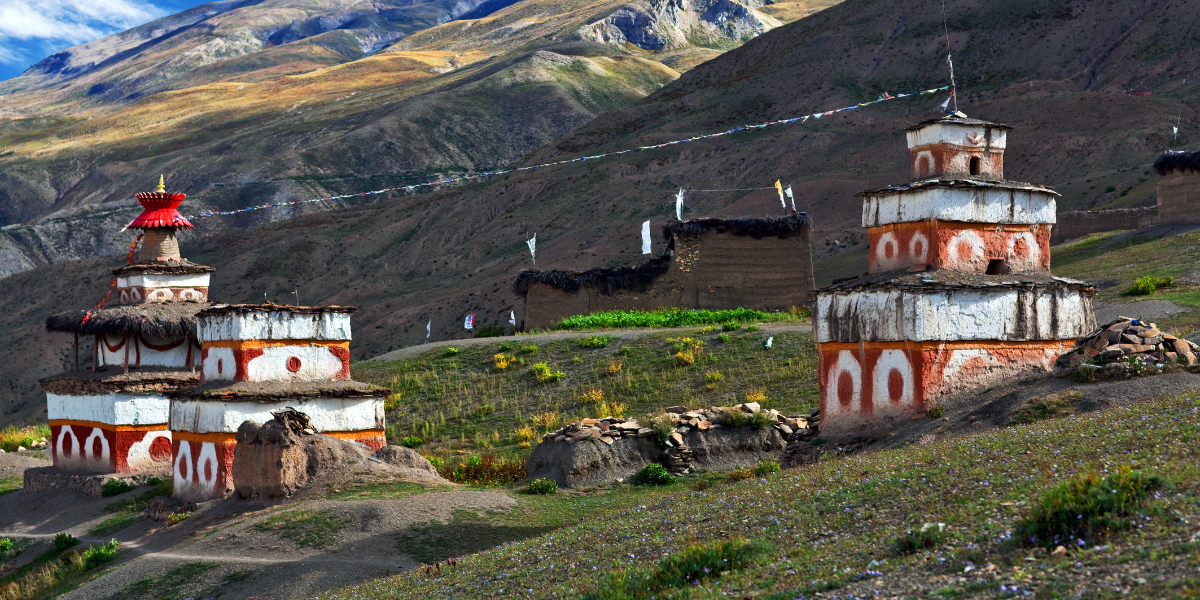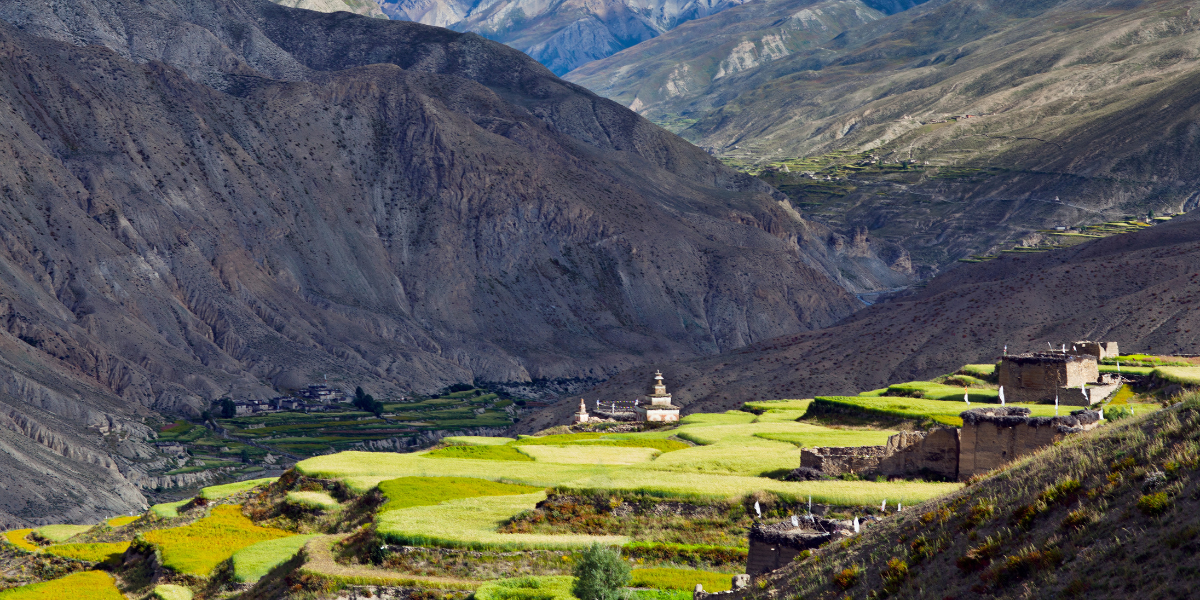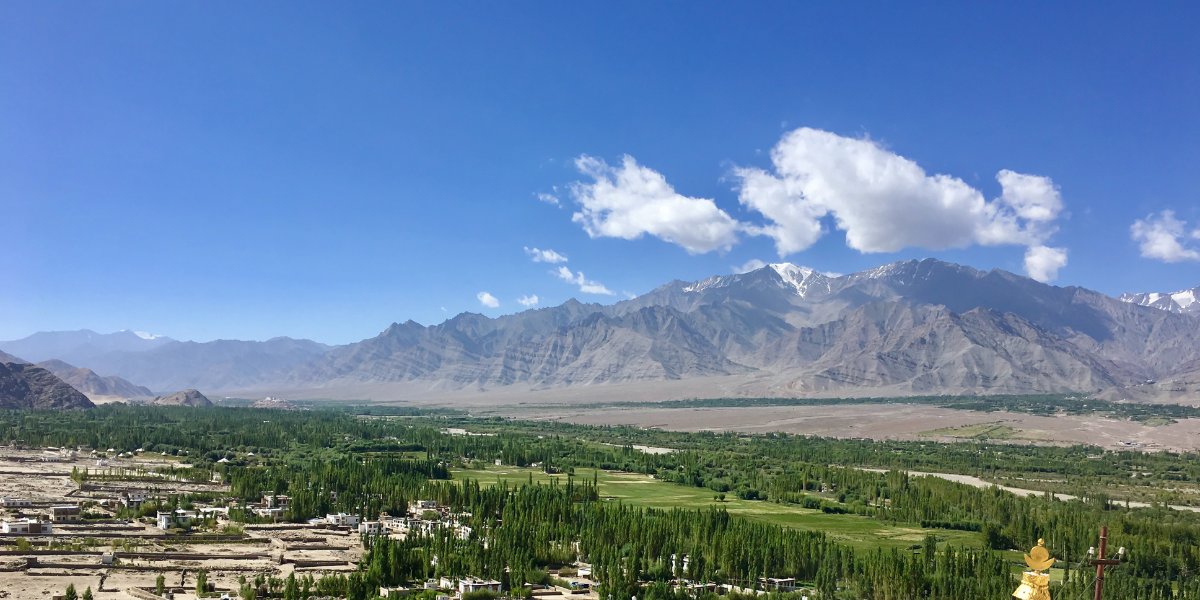Do you want to experience Dolpo’s untamed beauty? Far away from the hustle and bustle of the busy lifestyle is a paradise hidden from the city lights. Dolpo, also called Dolpa, located in the northwestern part of Nepal, welcomes people from all over the world and from different walks of life. The geographical placement of Dolpo is quite unique, as it lies close to the Tibetan plateau with an average elevation of 3000-4000 m, which contributes to its otherworldly landscape and raw nature. Dolpo’s beauty is undeniable: its arid, deserted landscape and untouched trails offer a sense of discovery that is hardly found anywhere else on Earth.
Dolpo, a trekker’s paradise, is best explored on foot, savoring every moment and closely observing the pristine beauty. Adventure junkies have a special spot on their bucket list for this hidden gem, whether it’s Upper Dolpo or Lower Dolpo and why wouldn’t they? Dolpo offers a glimpse into gorgeous nature, untouched by the hustle and bustle of city life. Everything from the nature, water, and culture of Dolpo is at its purest. Trekking in Dolpo feels like traveling back in time. Its pure, crisp air, crystal turquoise lakes, open sky, vibrant green hills, and blinding white peaks take you back in time. The culture too reflects its authentic rustic charm. However, this breathtaking experience doesn’t come easy, as it will literally take your breath away. Trekking in Dolpo is regarded as one of the most difficult treks in Nepal, as the high altitude and physically demanding walk require both mental and physical fitness. So while the rewards are huge, the journey will surely test your patience.
Dolpo Trekking Highlights
Various small factors contribute to making the hidden lands of Dolpo a place that must be explored on foot, once in a lifetime. The unique blend of unique landscapes, rare flora and fauna, culture, adventure, and an opportunity to witness the simple life of the humble people of Dolpo makes it a top choice for those who want to trek this part of western Nepal. Apart from that, there are other various reasons as to why one should choose Dolpo as their next trekking destination; they are listed below.
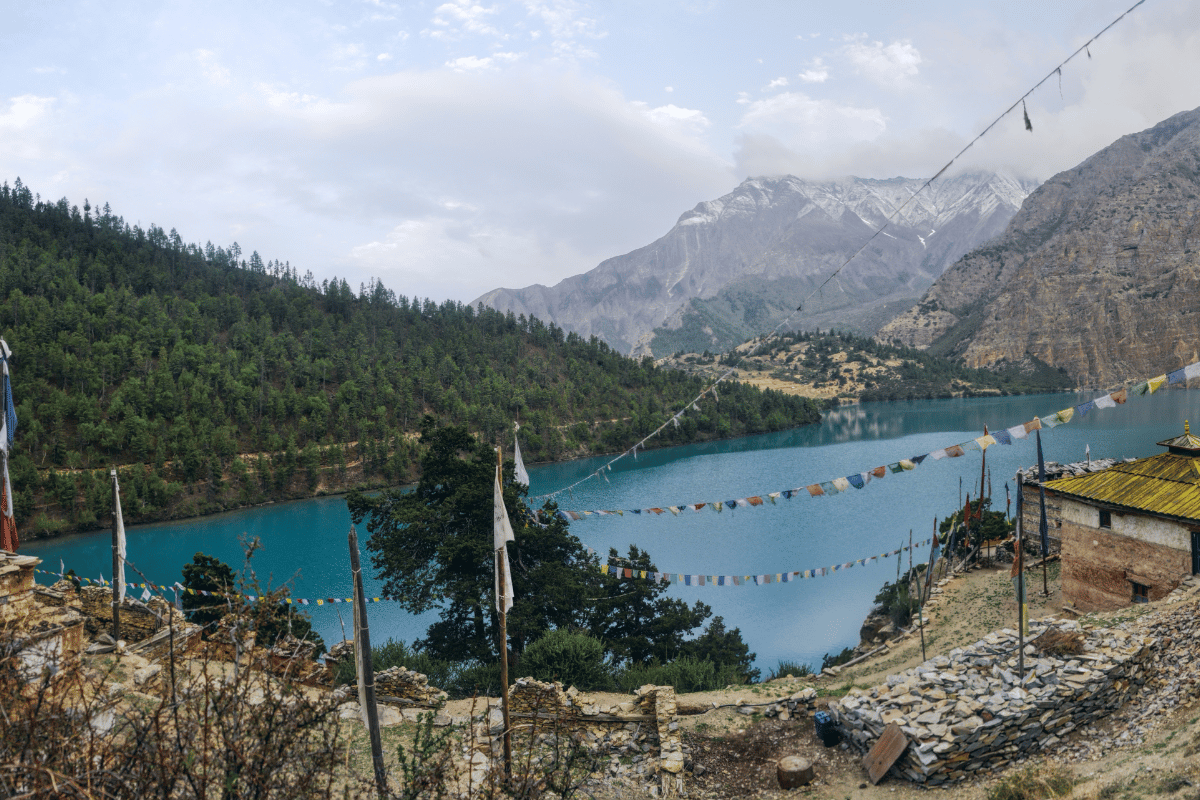
Remote Landscapes and Untouched Beauty
Dolpo is a remote magical land tucked in the western part of Nepal, due to which it has retained an untouched and pristine landscape. Trekking in Dolpo is trekking in a region that hasn't been sullied by uncontrolled tourism so the marvelous natural beauty stands in all its glory. One can witness the spectacle of nature, its landscape, gorges, lakes, and nature at its best while trekking in Dolpo.
Unique Culture
People of various cultures, traditions, castes, and creeds live in Dolpo, creating a unique blend of culture in this region. Dolpo is known for its distinct Tibetan Buddhism and Bon religion, which can be seen in their unique tradition, monasteries, and lifestyle, which differ from the other parts of Nepal. Upper Dolpo is close to the Tibetan Plateau; thus, the culture in Upper Dolpo is influenced a lot by Tibetan culture. While trekking in Dolpo, people have a chance to witness and experience the culture that has almost stayed the same for many centuries.
Challenging yet Rewarding Trek
The Dolpo Trek is regarded as one of the most challenging treks in Nepal, as it requires one to have a certain fitness level and acclimatization. One can still do Dolpo trekking if they aren’t an avid trekker but they would have to train well before their trek to be able to walk in the rugged terrain and cross the high passes during their Dolpo trekking. However, the harder the journey, the more it feels like an achievement. While the trekking is challenging, the spectacular sights and valuable experiences that come with Dolpo trekking are quite worthwhile.
Shey Phoksundo National Park
Nepal’s only Trans-Himalayan National Park, Shey Phoksundo National Park, is in Dolpo. Shey Phoksundo National Park is home to a variety of flora and fauna. It houses the turquoise beauty of Phoksundo Lake, which is regarded as sacred by the locals. It is the habitat for some of the world’s endangered animal species, such as the mystical Snow Leopard and other animals like the Blue Sheep, Grey wolf, and many more. Along with such rare animals, the Shey Phoksundo National Park houses some of the most valuable herbs, like Jatamasi, Katuki, Sugandhwal, Pakhanvesh, Katuki (Picrorhiza Kurroa), Guchi Chyau (Morchella Esculenta), wild garlic (Allium Wallichii), Panchaule (Dactylorhiza hatagirea), and the widely known Himalayan Viagra, Yarsagumba. Although it is not guaranteed that you will encounter all these animals and plants, who knows? You might get lucky!
Less Crowded
Trekking in Dolpo is quite different from trekking in other popular parts of Nepal. Although the more popular trails provide a wide choice of accommodation with relatively more facilities, the trails are quite crowded. Crowded trails prevent you from fully immersing yourself in the experience of the trek. Due to Dolpo being relatively isolated, one will be able to travel in absolute peace amongst the glorious landscapes and pristine nature.
Spiritual Journey
Traveling to Dolpo is a physical as well as a spiritual journey. Dolpo is a pilgrimage for the followers of Tibetan Buddhism and the Bon religion because the mystical region of Dolpo has sacred sites like Crystal Mountain and Shey Gompa while also being a safe sanctuary for the ancient Bon religion and its monasteries. Apart from the pilgrims, the remoteness, splendid landscapes, and cultural immersion during the trek might make the journey of the trekkers quite elevating and transformative. A person’s journey may turn into a journey within themselves as one is exposed to the people who worship and hold nature in the highest regard. A journey to Dolpo is a journey of self-discovery.
Adventure
Dolpo Trekking walks you through the off-beat trails in the yet-to-be-fully-discovered part of Nepal. Everything in Dolpo is in its natural state because modernization hasn’t affected it much. The majority of the Dolpo trek is a camping trek, as there are relatively fewer accommodation facilities than on other treks. Sleeping out in the wilderness among the stars adds to the adventure of trekkers when we’re so used to the comfort and safety of the four walls of our homes. There aren’t any trail markers on the trails, which makes it more thrilling. If one has chosen to do the Upper or Lower Circuit trek of Dolpo, one might have to cross more than one of the challenging high passes. Thus, the Dolpo Trek is an experience of a lifetime that ought to be attempted.
Popular Treks in Dolpo
As you may have noticed, Dolpo is best known for its rugged treks, as there are numerous trails and paths one can choose to take. Dolpo is one of the largest and most versatile trekking regions and one can choose to take different paths to reach different destinations without following the traditional route. Dolpo is divided into two regions as the elevation and difficulty vary. Lower Dolpo features more chill trekking routes with an average elevation of 2000 meters, while Upper Dolpo features more rough trekking routes with average elevations ranging from 4000 to 5000 meters above sea level. Although there are lots of trekking routes, some of the popular options are listed below:
|
Popular treks in Dolpo/Dolpa |
Duration |
|
Phoksundo Lake Trek |
8-10 Days |
|
Lower Dolpo Circuit Trek |
17-20 Days |
|
Upper Dolpo Circuit Trek |
17-20 Days |
|
Extended Dolpo Circuit Trek |
26-28 Days |
Major Trekking Trails in Dolpo
Dolpo offers some of the most remarkable and challenging treks in the Himalayas of Nepal. The majestic Dolpo is bordered by Tibet, heavily influencing the bordering region and resulting in Dolpo’s rich culture. It’s not just the nature Dolpo has to offer, as there are many other aspects one can experience during the journey to Dolpo. Dolpo is divided into two regions, Upper and Lower Dolpo, and the division is made regarding the elevation, area, and difficulty.
Lower Dolpo Treks
Lower Dolpo is located in the lower belt of Dolpo, close to districts like Jumla and Mugi on the west, Magdi, Jajarkot, and Rukum on the south, and Mustang on the east. It has an average elevation of 3000 meters above sea level. Lower Dolpo can be easily assessed and is frequently visited by the people, as the elevation is lower than the upper region and there are relatively more facilities for travelers. Lower Dolpo is surrounded by thick alpine and sub-alpine vegetation, as the environment is not as harsh and experiences little monsoon rain. Besides the vibrant vegetation, one can also experience beautiful culture featuring the ancient Bon religion and other existing beliefs in harmony. And in terms of trekking, it is easier than in the upper region and the weather doesn’t get extreme; one can visit lower Dolpo throughout the year and enjoy the beauty in different seasons. Lower Dolpo has some of the most awesome landmarks, such as Phoskundo Lake, several Bon monasteries, a beautiful environment, and peaceful villages where one can relax and spend some quality time in nature.
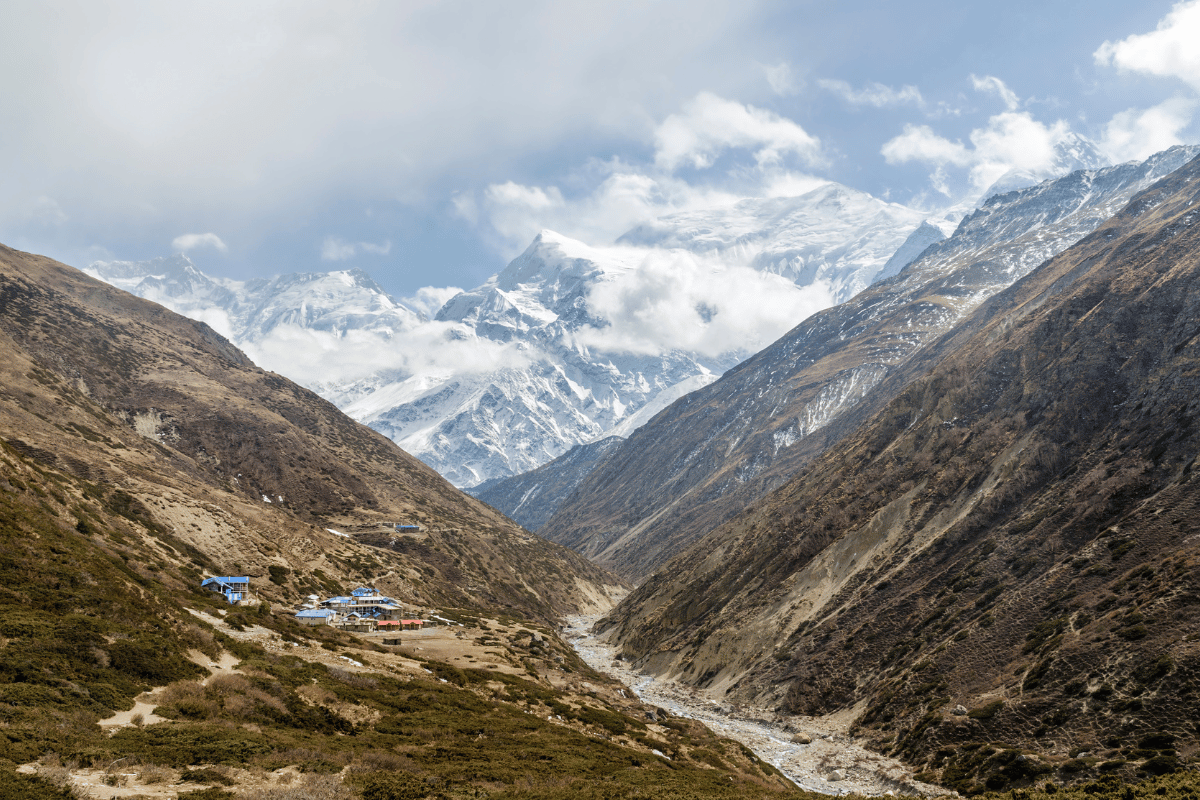
Some of the popular treks in Lower Dolpo are the Phoksundo Lake Trek and Lower Dolpo Circuit Trek. These treks are easy and people with basic physical fitness can go on the journey. During the Phoksundo Lake Trek or Shey Phoksundo Lake Trek, one will be walking alongside the beautiful Suli River and Phoksundo River and Lower Dolpo’s lush vegetation. While the walk is a bit tiring, the scenery makes you forget about it, especially when one witnesses the turquoise beauty of Phoksundo Lake. One will forget all the hardships that it took to get there. Another major trekking destination of Lower Dolpo is the Lower Dolpo Circuit. The Lower Dolpo Circuit Trek walks you through the remote villages of Khani Gaon, Chhyujar, Dho Tarap Valley, and many more as you transition from the lush scenery of Lower Dolpo to the arid landscapes. The Lower Dolpo Circuit Trek is a camping trek so you will be spending the night under the clear skies. Additionally, crossing the Numa La pass, which is at the staggering height of 5,238 meters, is a totally different experience. All these factors, combined with the cultural immersion, make trekking Lower Dolpo an ideal destination for those who are seeking a little adventure.
Upper Dolpo Treks
Moving to the highlands of Dolpo, the Upper region seems surreal. The average elevation of Upper Dolpo is 4000 meters, and one has to go past the high passes above 5000 meters above sea level during the trek. The high mountain passes, cold desert landscapes, and traditional settlements dotted across the valleys welcome people from all over the world. Accessing the Upper Dolpo can be physically challenging, as one must travel at a high elevation, which will be physically and mentally draining. One must cross several passes to reach their destination but the places you will each visit will make it all worth it. You will be entertained by the arid landscape and high mountains, along with some of the most beautiful villages. Some of the popular landmarks in Upper Dolpo are Shey Gompa, traditional villages, ancient monasteries, and many more. The weather can get rough during the winter season, limiting its accessibility, while during other times of the year, one can visit and experience the natural beauty in its purest form.
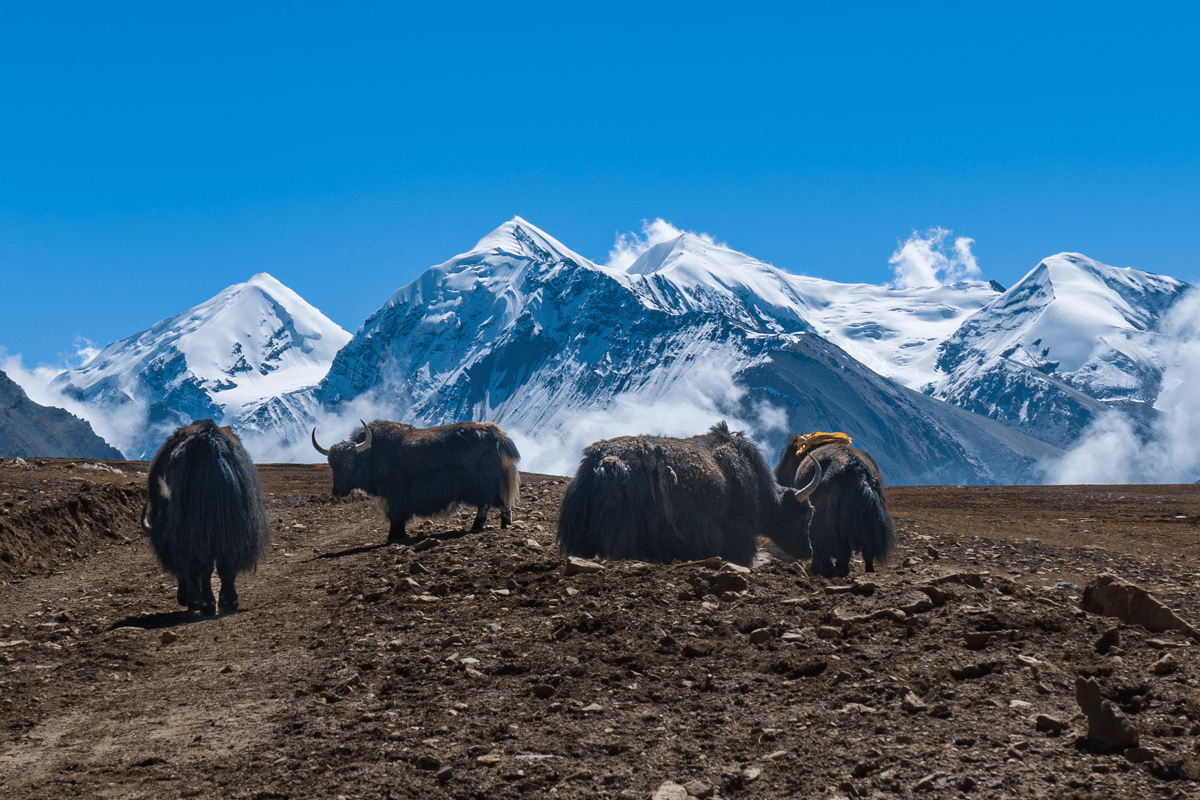
There are several routes to reach the area but some of the popular trails/treks are the Upper Dolpo Circuit Trek, the Shey Festival Trek, and many more. Trekking the Upper Dolpo Circuit Trek takes you on a journey to a whole new experience in the secret sanctuary of Dolpo. One has to walk through some of the highest settlements in Dolpo, experiencing the simplest of human life in those settlements while reflecting on one’s own. This trek is considered the most difficult level of trek so one has to train to have an excellent level of physical fitness to do this trek. Conquering the numerous high passes above 5000 meters gives the trekkers a sense of achievement that will be remembered for the lifetime of trekkers. It is an ideal trek for adventure seekers. Another widely known trek of Upper Dolpo is the Shey Festival Trek. The Shey Festival is grandly celebrated every 12 years in a row in the Chinese year of the Dragon. It is a pilgrimage site for the followers of Buddhism and Bon religion. The people following Buddhism and Bon religion gather around the area of Shey Gompa, which is one of the most important spiritual sites for them. Trekkers trek to Dolpo during the Shey Festival to be able to experience Dolpo coming alive as the people put up colorful tents and live there during the duration of the festival. Witnessing the Shey Festival in all its glory is an experience that comes a few times in a lifetime. Trekking Upper Dolpo is a journey inwards as much as it is a journey outside in the stunning, rugged terrain; it is a trip one must do once in a lifetime.
Dolpo Trekking Permit
The Dolpo region is still an unexplored gem. It is a paradise for people with a knack for adventure. The trekking trails of the Dolpo region take you through glimmering lakes and fascinating landscapes with views of the most magnificent mountains as well as beautiful settlements in the arid regions. Trekking permits are required to explore most of the trekking trails in various national parks and trekking destinations throughout Nepal, as is the hidden land of Dolpo. The list of permits required if you want to trek the Dolpo region is in the table below.
|
Trekker’s Information Management System Card (TIMS Card) |
Foreign Trekkers: NPR 2,000 SAARC Trekkers: NRP 1,000 |
|
Shey Phoksundo National Park Permit |
Nepalese Citizens: NPR 100 SAARC Nationals: NPR 1500 Foreigners: NPR 3,000 Children below 10 years: Free |
|
Lower Dolpo Permit (Restricted Area Permit) |
USD 20 per person/week USD 5 per person/day (after one week) |
|
Upper Dolpo Permit (Restricted Area Permit) |
USD 500 per person (For first 10 days) USD 50 per person/day (After 10 days) |
Dolpo Trekking Difficulty
Trekking in Dolpo is raw, real, and worthwhile. The Dolpo region is one of the most rugged and hard-to-reach places in Nepal, as it is tucked in the high mountain desert areas of Nepal with some of the most celestial natural splendors one could hardly imagine. Dolpo is located in the upper part of western Nepal, close to Tibet, with an average elevation of over 3000 m above sea level in the trans-Himalayan region. The Trans-Himalayan region is an area located between two high mountains that blocks the monsoon rain, resulting in dry, cold, deserted areas such as the Upper Dolpo and Upper Mustang regions in Nepal. The harsh environment makes Dolpo trekking one of the most remote areas in Nepal, making accessibility difficult compared to other places in Nepal.
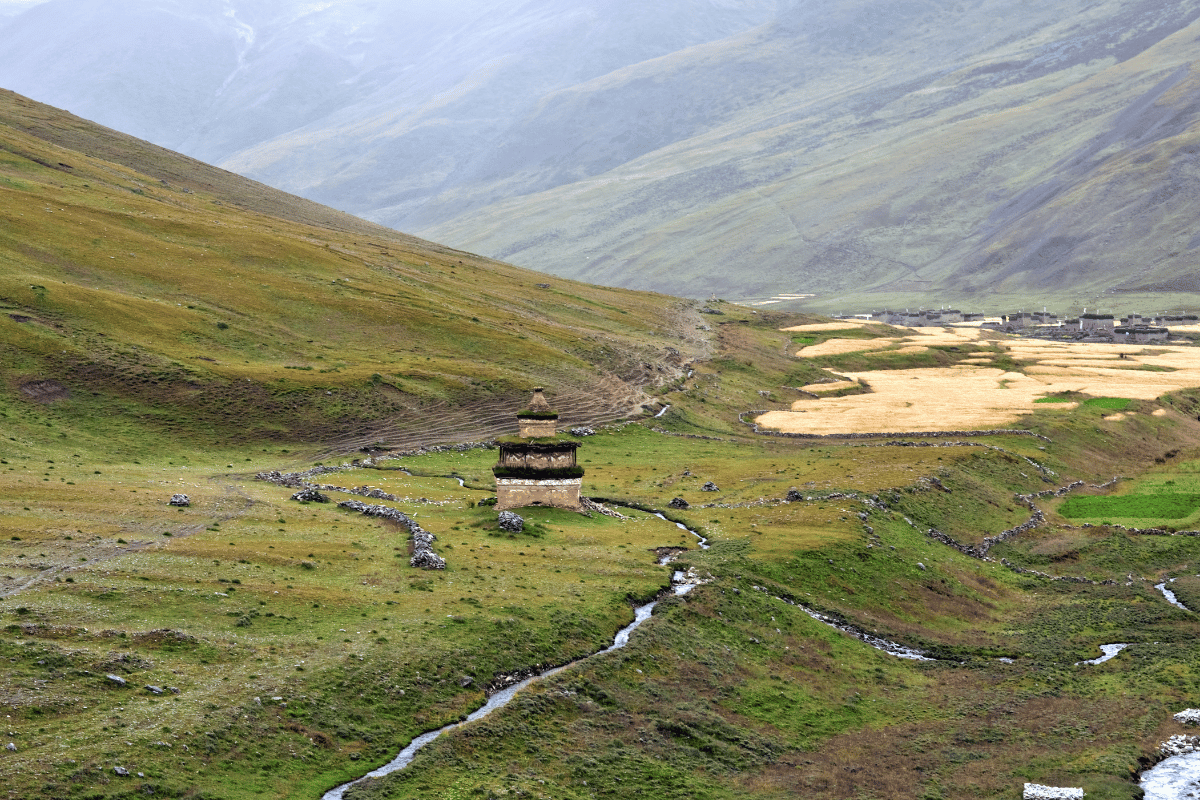
Due to its unique geography and remoteness, visiting Dolpo becomes challenging. Trekking in the Dolpo region is considered one of the most difficult treks due to its remoteness, harsh weather, and high altitude, as mentioned earlier. With an average elevation of 3000 m, along with higher elevations up to over 5000 m altitude, sickness becomes one of the most common challenges. As the elevation increases, altitude sickness becomes more common, and it can make your trip to the higher region difficult as it affects your health, making your journey even more difficult. It can happen to anyone despite good physical and mental health. One needs to train before the trek and during the trek one needs to acclimatize and hydrate to prevent altitude sickness.
Best Time to Visit Dolpo
Choosing the right time to visit a place is vital, as it impacts many other aspects of the whole trip. Especially for trekking, deciding on a perfect time to visit is crucial, as the accessibility, visibility, and whole experience of the trek depend on the time that one has decided to start the trek. The spring and autumn seasons are considered to be the trekking seasons in Nepal due to the perfect temperature, good visibility, and accessibility.
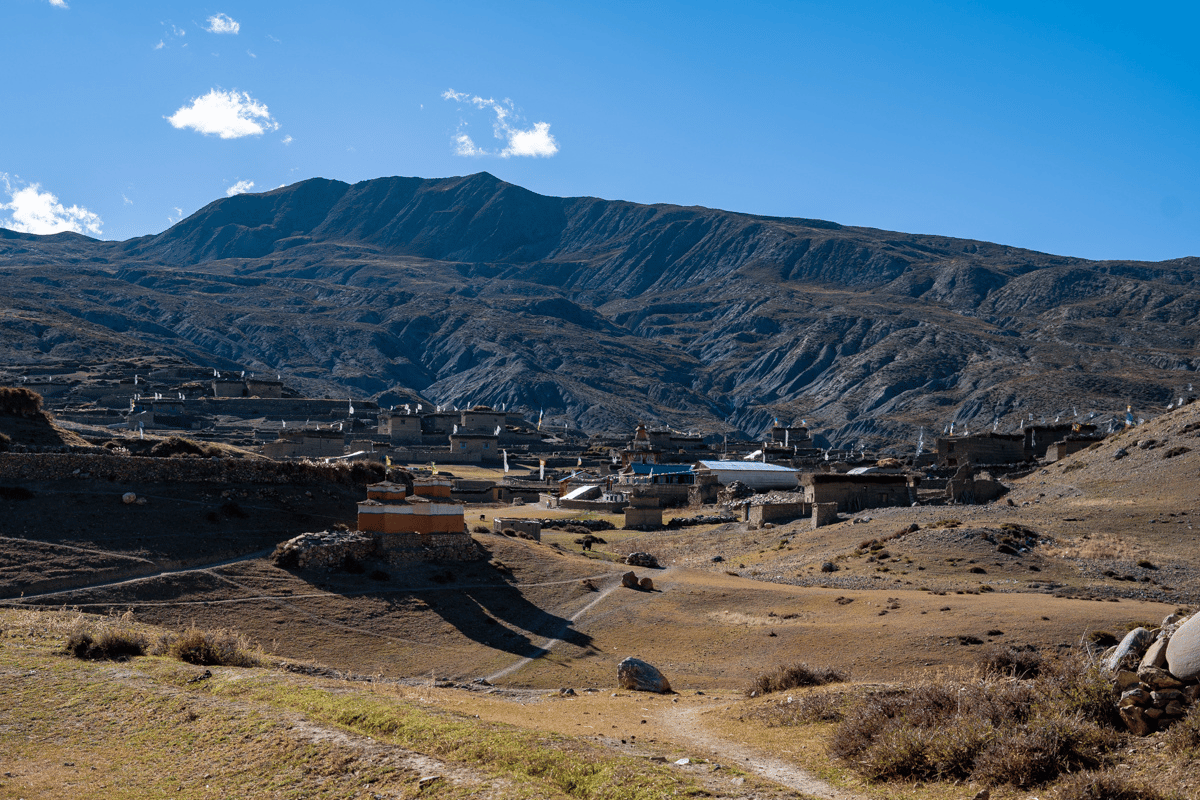
Trekking in Dolpo is ideal during Spring and Autumn. Spring in Nepal starts from March till May. The Lower Dolpo can be explored throughout the Spring, but mid-April to May is ideal for trekking in the Upper Dolpo. The temperature is 10-20 degrees Celsius, which is quite pleasant for trekking in Dolpo. The mornings are a bit chilly, with the afternoons being warm, which makes the walks quite enjoyable. The flowering Rhododendron, along with other flowering plants in Lower Dolpo, bright mountains, and decreased water flow are the highlights of trekking in this season. Another ideal season for trekking in Dolpo is Autumn, especially in August, September, and October. During Autumn, the visibility is best. The temperature is slightly lower than in Spring, but the temperature during the daytime is ideal for walking. Autumn is also the season where festivals are celebrated throughout Nepal; the Shey festival in Dolpo is also celebrated during this season. The festive vibes, clear blue skies, and sight of majestic snow-capped mountains are the major highlights of this season.
The Summer and Winter seasons aren’t quite suitable seasons to go trekking in Dolpo. During the summer, many parts of Nepal experience heavy rainfall, due to which the road conditions aren’t good, and the flight also has the chance of being canceled. Although walking in Dolpo isn’t the main problem because Dolpo doesn’t experience much rainfall due to it being in the trans-Himalayan region, getting to Dolpo and out of it would be a real struggle. While during the winters, due to the heavy snowfall, it might be hard to walk. There are high chances of being lost in this season due to the low visibility. Due to such reasons, it isn’t suggested to trek Dolpo during the summer and winter seasons.
Conclusion
Dolpo, with its surreal and ancient beauty, offers a trekking experience unlike any other region in Nepal. Dolpo is isolated from other regions with an average elevation of 3000 m to 4000 m, which leads to its surreal landscape and some of the natural wonders. From the challenging high passes to jaw-dropping and friendly villages nestled in hidden valleys, every step in Dolpo is a journey to a world hidden from the concrete jungles. The unique landscape, vibrant ancient Buddhist culture, and the strong spirit of Dolpo create an unforgettable journey where you will experience raw nature. Besides nature, Dolpo offers an unforgettable experience of rich adventure from place to place where you will get to see the simple lifestyle of the locals and warm hospitality, making your journey even more special. Your trip to Dolpo will not only test your physical limits but also feed your soul from the inside out. Join us on a journey to Dolpo that goes beyond the average trekking route; of all the pathways you travel in life, make sure some of them lead to the woods.
Frequently Asked Questions (FAQs)
Here are some of the frequently asked questions about trekking in Dolpo.
How difficult is it to trek in the Dolpo region?
The difficulty of trekking in the Dolpo region is considered to be a difficult level of trek. It requires the trekkers to have a good level of physical fitness. The people are advised to prepare properly, both physically and mentally, before trekking in the Dolpo region.
What kind of permits do you need to trek in Dolpo/Dolpa?
You need a TIMS Card (Trekking Information Management System Card), Shey Phoksundo National Park Permit, and Restricted Area Permit [Upper and Lower Dolpo] to be able to trek in Dolpo. Your itinerary will determine if you need a Lower Dolpo Restricted Permit, an Upper Dolpo Restricted Permit or both.
Why is trekking in Dolpo so popular?
Various factors contribute to the popularity of trekking in Dolpo. Mother Nature has blessed Dolpo in beautiful ways, like Phoksundo Lake, high passes, and arid landscapes, and the people of Dolpo have added more to the charm of Phoksundo Lake. Dolpo is also famous for preserving the ancient Bon religion. The cultural infrastructure, like the Gompas, Chortens, and Mani walls, also helps to elevate the beauty of the region. Trekking in Dolpo means trekking in peace. It isn’t crowded like the other regions.
What is the average elevation of the Dolpo region?
The average elevation of the Dolpo region is 3000 meters to 4000 meters.
How many trekking routes are there in the Dolpo region?
The routes of the Dolpo region are customizable. You can discuss and customize the trek as per your wish. Some of the most popular trekking routes in Dolpo are Phoksundo Lake Trek, Lower Dolpo Circuit, Upper Dolpo Circuit, and Extended Upper Dolpo Circuit.
What do I need to pack for Dolpo trekking?
Packing is an essential aspect, especially on treks, as you have to carry what you need throughout the trip. So, it is recommended to pack only the essential items during the trek. The weight of your backpack determines if you are actually going to enjoy the walk or not, so it is vital to be mindful of what you carry during the trek.
What are the accommodation facilities in the Dolpo region for trekking?
Dolpo is one of the most remote regions in Nepal so the expectation is best kept minimal for the facilities while trekking in this region. You might find some tea houses with the most basic things, like food and beds. Trekkers have to camp a lot during the trek, especially during the Upper Dolpo Trek.
Can I go trekking in the Dolpo region alone?
Unfortunately, no. Dolpo is an isolated region with the least development, making it one of the most difficult places to access. Due to their remoteness, the trails are challenging and have very few markers, making it difficult to stay on the right trail and locate the right paths. Besides that, trekking in Nepal without a licensed guide is not allowed, according to the Nepal Tourism Board, making it compulsory to take a guide during the journey. So, for one's own safety and smooth trek, it is highly recommended to take a guide while trekking in the Dolpo region.
What is Dolpo famous for?
Dolpo is best known for its remote location and raw nature that presents nature in its purest form. Besides its pristine nature, it is popular for Nepal’s largest national park, Shey Phoksundo National Park, several trekking routes, the celestial Phoksundo Lake, and the ancient Bon religion.

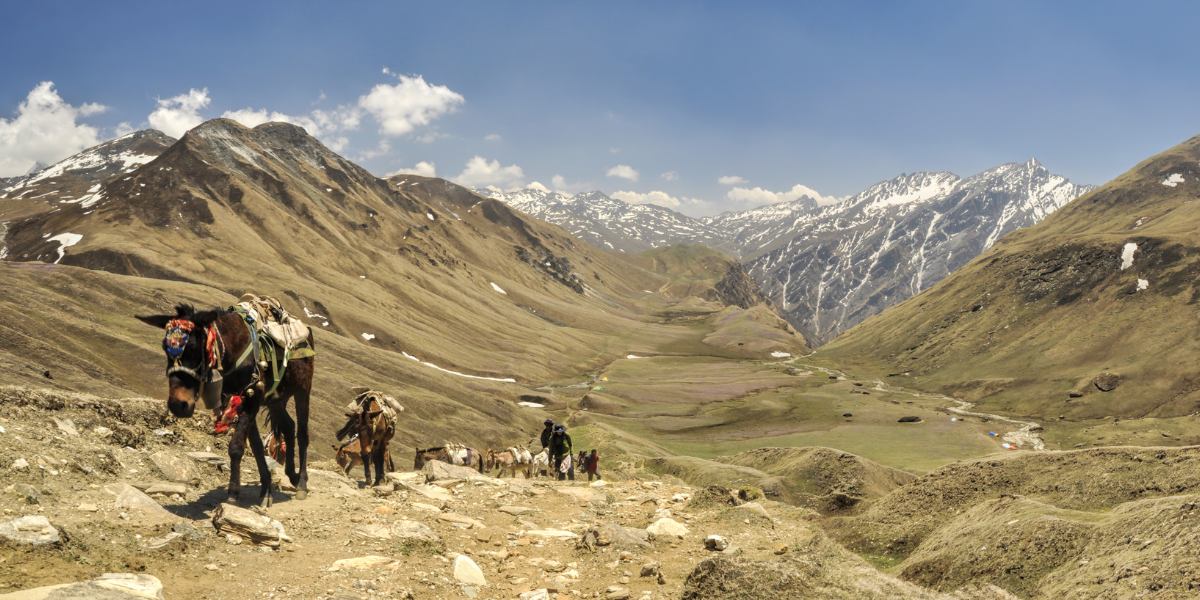
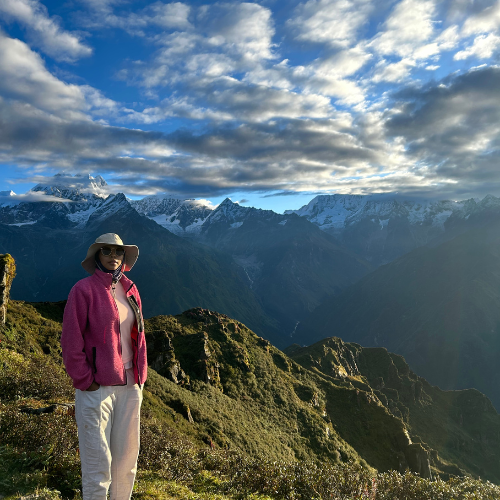 Kriti Maharjan
Kriti Maharjan
